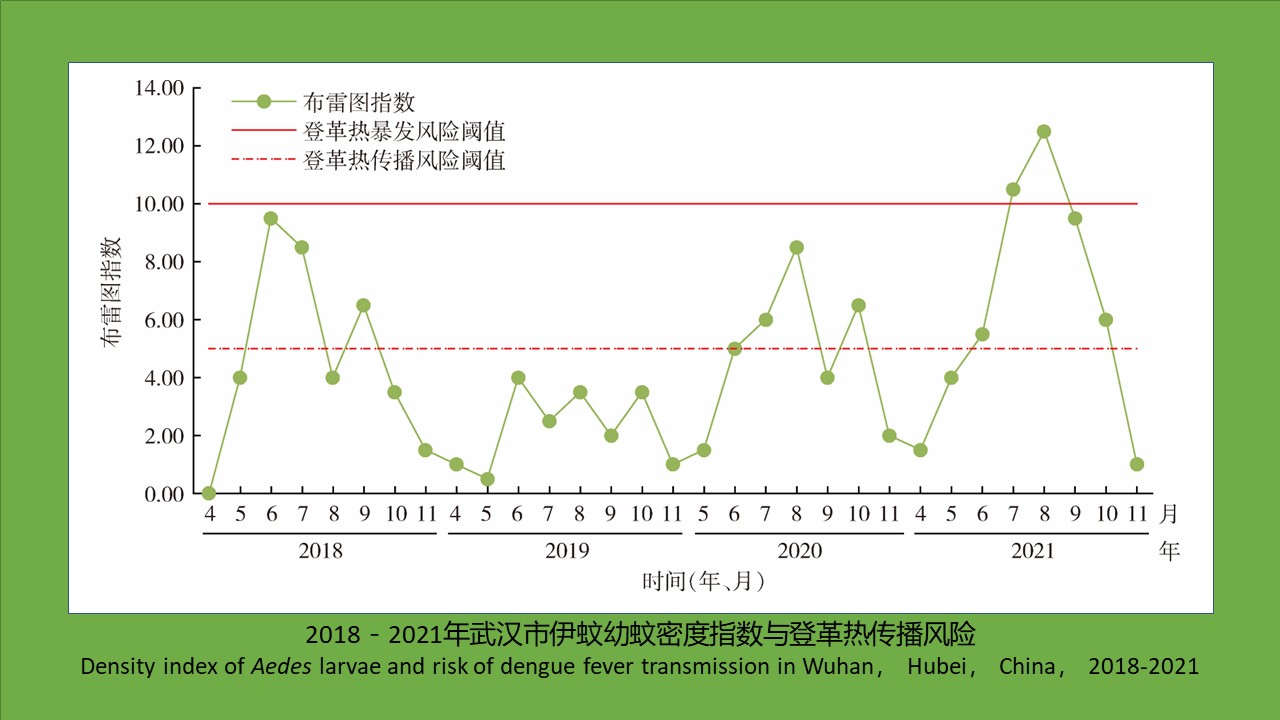 PDF(706 KB)
PDF(706 KB)


武汉市2018-2021年媒介伊蚊生态学监测结果分析
郭慧, 柳静, 毛伟平, 丁浩, 武茜茜, 周良才, 吴丽群, 陈晓敏
中国媒介生物学及控制杂志 ›› 2023, Vol. 34 ›› Issue (1) : 48-52.
 PDF(706 KB)
PDF(706 KB)
 PDF(706 KB)
PDF(706 KB)
武汉市2018-2021年媒介伊蚊生态学监测结果分析
 ({{custom_author.role_cn}}), {{javascript:window.custom_author_cn_index++;}}
({{custom_author.role_cn}}), {{javascript:window.custom_author_cn_index++;}}Ecological monitoring of Aedes vector in Wuhan, Hubei province, China, 2018-2021
 ({{custom_author.role_en}}), {{javascript:window.custom_author_en_index++;}}
({{custom_author.role_en}}), {{javascript:window.custom_author_en_index++;}}
| {{custom_ref.label}} |
{{custom_citation.content}}
{{custom_citation.annotation}}
|
/
| 〈 |
|
〉 |